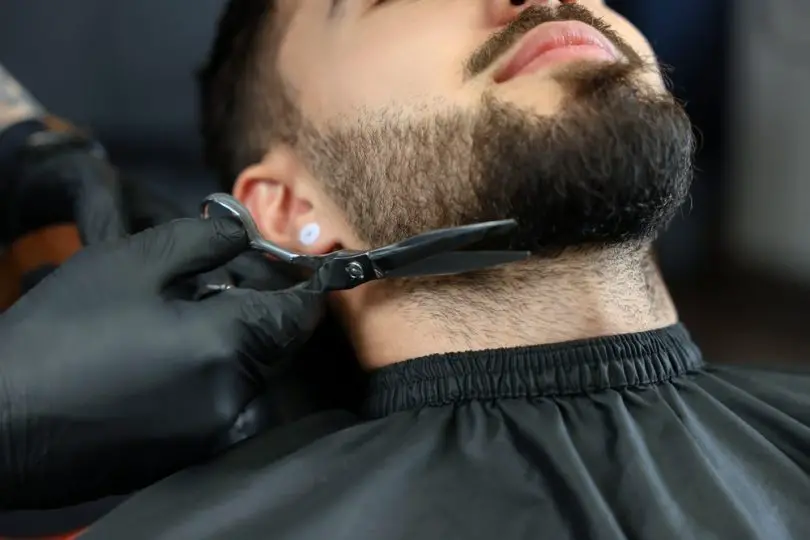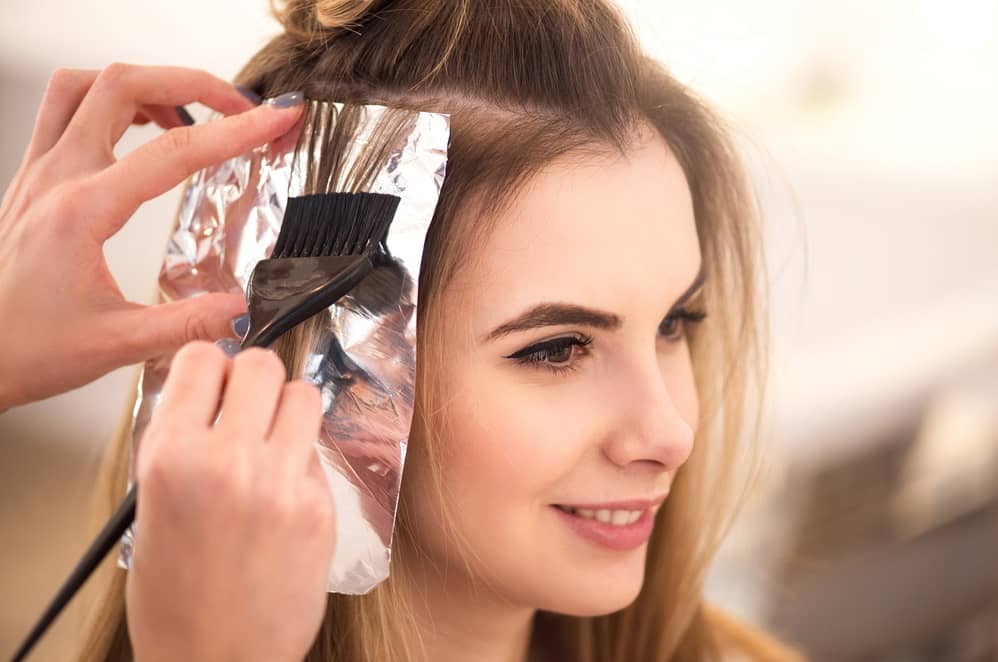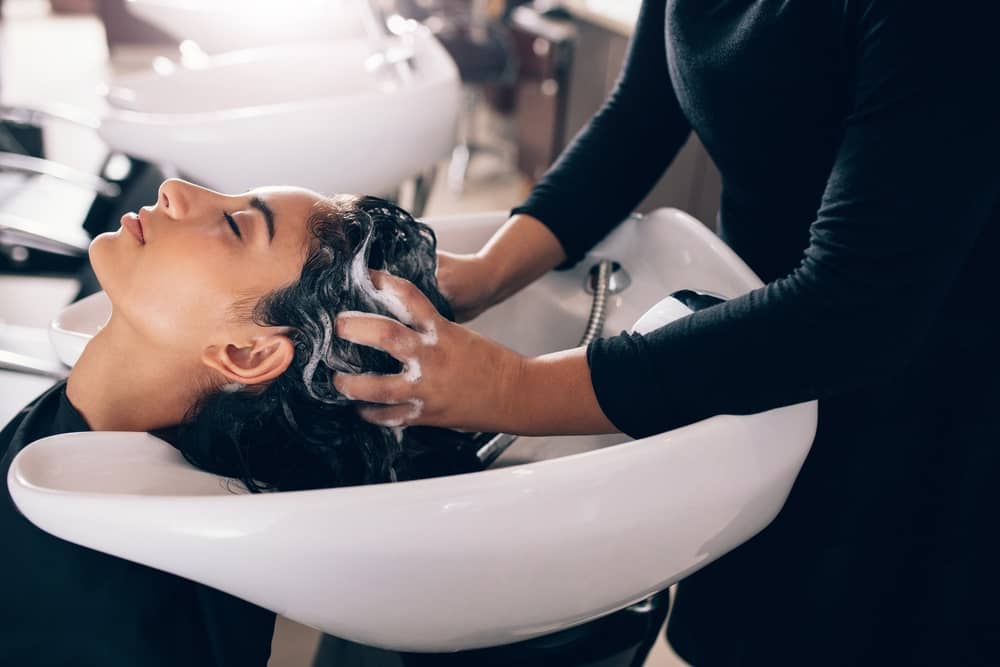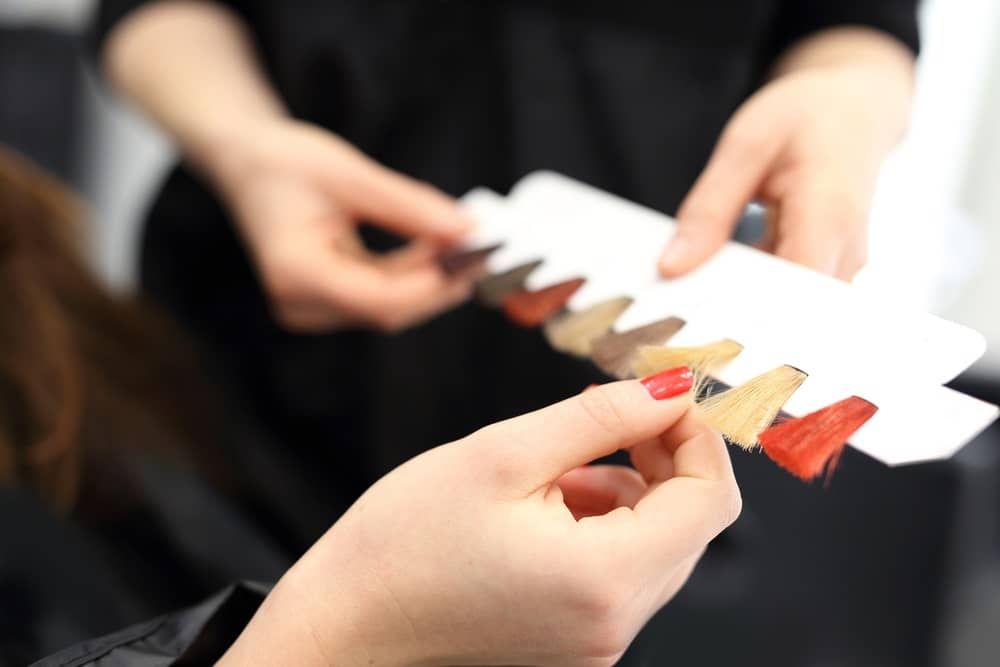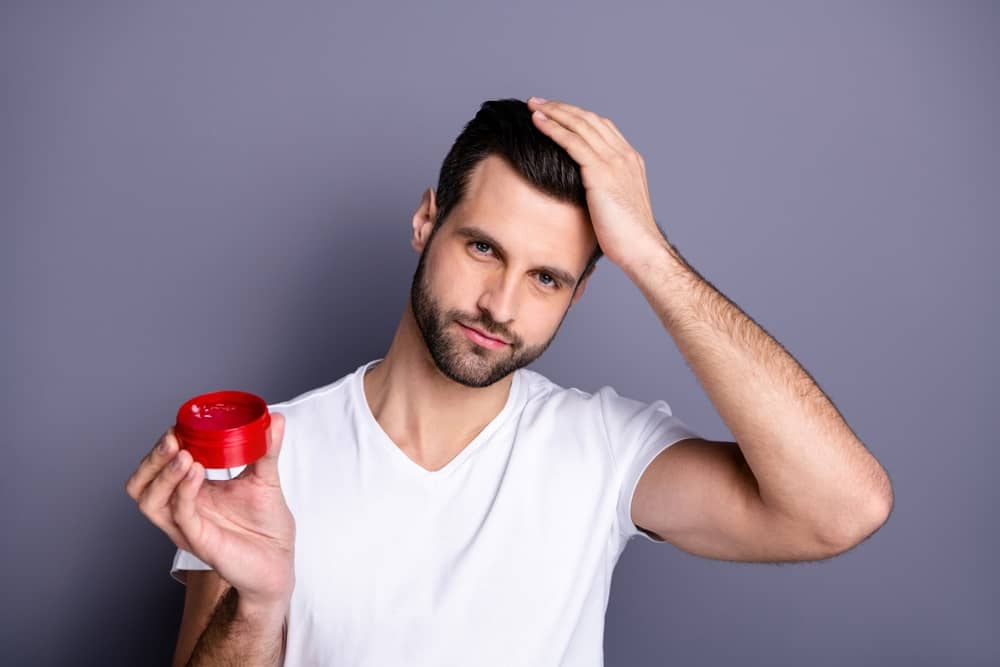Fading your beard into a bald head creates a sharp, polished look that blends facial hair with a clean-shaven or bald scalp. It’s a style that screams sophistication and confidence, but achieving the perfect beard fade isn’t as easy as grabbing some clippers and going to town. It takes precision, technique, and a bit of patience to nail the seamless transition from beard to scalp.
If you’re looking to learn how to fade your beard into a bald head, whether to sharpen your grooming game or maintain that fresh-out-of-the-barbershop look, this guide will walk you through it step-by-step. Don’t worry—it’s not as hard as it sounds once you get the hang of it!
Why Go for a Beard Fade?
Before we dive into the nitty-gritty, let’s talk about why fading your beard into a bald head is worth it. For starters, the style adds dimension and structure to your face, especially if you’re bald or balding. The gradual blend of the beard into the scalp creates a sharp, modern silhouette that’s both clean and edgy. It also helps to soften the contrast between a thick beard and a bare head, making the transition smoother and more natural.
Now that we’ve established why you should consider this look, let’s break down how to achieve it.
What You’ll Need
- Electric Clippers with multiple guard sizes (preferably adjustable)
- Beard Trimmer (if your clippers don’t come with a beard attachment)
- Straight Razor or razor for the scalp
- Scissors for detailed trimming
- Comb to manage the beard during trimming
- Aftershave or Beard Oil for moisturizing after shaving
Step-by-Step Guide to Fading Your Beard into Your Bald Head
1. Start with a Clean Slate
First things first: wash your face and beard thoroughly to remove any dirt, oils, or dead skin cells. This will give you a clean base to work with and make your beard easier to manage.
Shave your scalp if you haven’t done so already. It’s best to fade the beard after your head is shaved to ensure the cleanest and most even transition.
2. Determine Your Fade Lengths
Before you start trimming, decide how you want the fade to look. A typical beard fade involves starting with a longer beard length around the jawline and gradually reducing the length as you move up toward the sideburns and head.
- Bottom of the beard (jawline): This area usually remains at your full beard length.
- Cheek area: Use a shorter guard to begin blending.
- Sideburns and near the scalp: This area should be the shortest to create a smooth fade into your bald head.
3. Trim the Full Beard First
If your beard is long or unruly, trim it down to your desired length before starting the fade. Use a longer clipper guard (e.g., a 4 or 5 guard) to keep the beard even across the chin and jawline. Always start longer—you can always go shorter, but you can’t add hair back!
Comb through your beard to ensure an even trim and remove any knots or uneven spots. Scissors can be helpful here to snip any stray hairs.
4. Begin the Fade at the Sideburns
The key to a good fade is gradual blending, and it all starts at the sideburns. Switch to a shorter guard size (e.g., 2 or 3 guard) on your clippers and work your way from the sideburns up toward the scalp.
- Clippers angle: Hold the clippers at a slight angle, allowing you to taper the length as you go up. Don’t press too hard—let the clippers glide naturally to avoid harsh lines.
- Blending motion: Use short, upward strokes and slightly lift the clippers away from your skin as you go. This creates a gradual fade effect.
The closer you get to your bald head, the shorter the beard should become. Switch to a 1 guard or even go guard-less for a super-tight fade at the top of the beard.
5. Taper the Cheeks and Jawline
Now, move down to the cheek area and jawline. You’ll want to blend this area with a guard size between the sideburns and your full beard length (e.g., a 3 or 4 guard). The key here is consistency—keep your strokes smooth and even, and make sure the fade looks seamless as it moves downward.
Pay close attention to the areas near your ears and around the jawline. These are spots where lines can become more pronounced if you’re not careful. Use the comb to lift and manage the hair as you trim for a more controlled fade.
6. Detail with Scissors and a Trimmer
Once you’ve completed the initial fade, check for any uneven spots or stray hairs. Use scissors for small corrections and a beard trimmer (without a guard) to clean up edges around the cheeks, sideburns, and neck.
For a really polished look, you can use a straight razor or a precision trimmer to sharpen the edges and make sure the lines are crisp. This gives the fade a professional finish.
7. Maintain the Look
A beard fade requires maintenance to stay sharp, especially if your hair grows quickly. Every week or so, go over your fade with clippers to keep the gradient smooth.
Use beard oil or aftershave to moisturize your skin and hair after trimming, which helps prevent irritation, dryness, or ingrown hairs. A healthy beard will look fuller and better blended with a well-maintained scalp.
Final Thoughts
Fading your beard into a bald head might seem tricky, but with practice, it becomes an easy routine that elevates your overall look. Remember, the key is in the blending—subtle, gradual changes in length from the beard to the scalp create that seamless fade effect.
Keep experimenting with different lengths and techniques until you find the perfect fade for your face shape and beard style. And don’t forget, practice makes perfect, so don’t get discouraged if it takes a few tries to get it just right.

